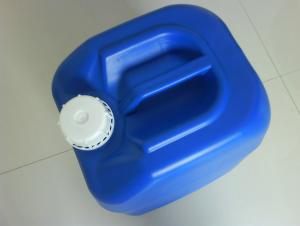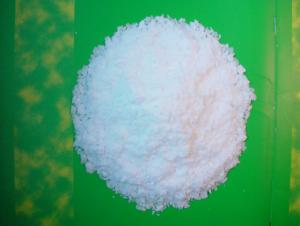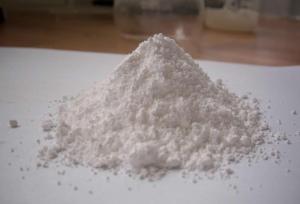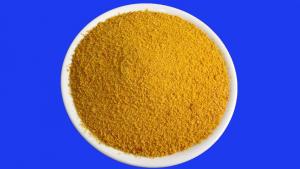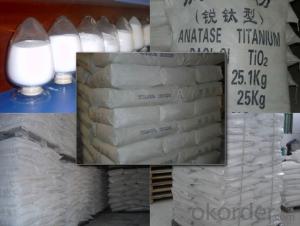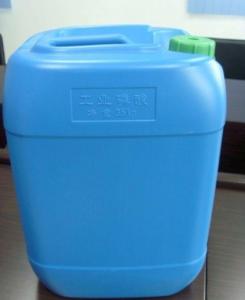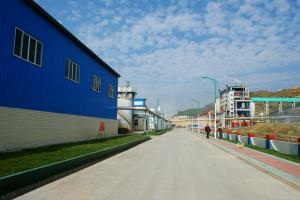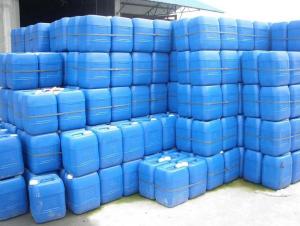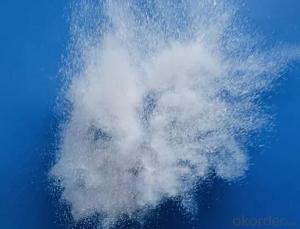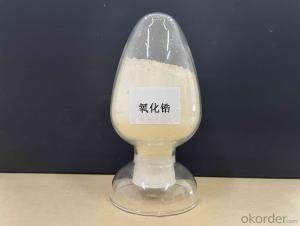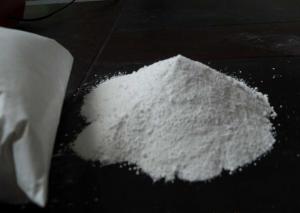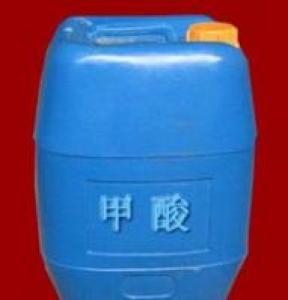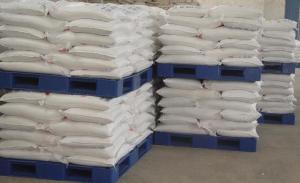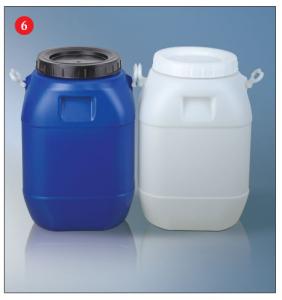SGS TEST Polyvinyl chloride polymer SG5
- Loading Port:
- China Main Port
- Payment Terms:
- TT OR LC
- Min Order Qty:
- -
- Supply Capability:
- -
OKorder Service Pledge
Quality Product, Order Online Tracking, Timely Delivery
OKorder Financial Service
Credit Rating, Credit Services, Credit Purchasing
You Might Also Like
Packaging & Delivery
| Packaging Detail: | Bags or barrel |
| Delivery Detail: | within 15 days |
Specifications
PVC resin SG5 suspension grade
1.Appearance: White powder
2.Main use for: Building
3.Bag packaging
4.High quality
- Q:Indicating the organic compounds and inorganic salts in the boiling point, melting point and solubility of what is the difference
- Organic compounds are mainly covalently bonded, the mutual attraction between molecules is very weak, so its melting point, low boiling point, generally insoluble in water and soluble in organic solvents. Inorganic salts with ionic bonding, positive and negative ions electrostatic attraction is very strong, so the melting point, boiling point is very high, usually insoluble in organic solvents and soluble in water.
- Q:Which minerals is richest source of Inorganic Salts ?
- Minerals are inorganic salts - eg.potassium nitrate - absorbed by plants from soil - a good source of inorganic nitrogen and potassium.
- Q:A. food gathering and digestion B. photosynthesis and diatom structures C. reproduction and osmosis D. wave and current motions
- its not a so try b or c those 2 are the most likely to be the right answers
- Q:What are the effects of inorganic salts on plant growth?
- P: to promote the development of seedlings and flowers open, so that the fruit, the seeds mature early. Lack of performance: the plant is particularly short, leaves were green, and purple.
- Q:Acidic oxide is a kind of oxide which can form acid or react with water to form salt and water. Generally non-metallic elements of oxides and certain transition metal elements of high-priced oxide. Such as sulfur trioxide SO3, phosphorus pentoxide P2O5, manganese dioxide Mn2O7, chromium trioxide CrO3 and so on. Most of the non-metallic oxides are acidic oxides. In our familiar non-metallic oxides, carbon monoxide and nitric oxide are not acidic oxides, and are usually classified as non-acid oxides.
- React with the acid to produce salt and water, this oxide called alkaline oxide (and the product can only have salt and water, can not have any other substances generated). Alkaline oxides include low-valent oxides of active metal oxides and other metals such as Na2O, CaO, BaO and CrO, MnO.
- Q:An inorganic salt is dissolved in water and yields a solution that has a color. Make a statement about the type of element the substance contains that casuses the color.Thanks!
- Many inorganic salts form colored solutions . pper ( II) sulfate ( Blue ) nickel (II) acetate = green, mangaanse ( II) chloride = pink, iron(III) chloride = yellow, potassium dichromate, orange and so many more Can you be more specific ?
- Q:Why does not the base noodles rub?
- Yes, you are not practicing
- Q:What are the effects of water, inorganic salts, carbohydrates, proteins, fats and vitamins?
- The main physiological functions of water: 1. The main components of cells and body fluids. 2. To help the body digestion, absorption, circulation and excretion and other physiological effects. 3. Maintain and regulate body temperature. 4. Water is a lubricant for body, joints and muscles.
- Q:General identification method of inorganic salts
- Take the test solution, add thiocyanate solution solution, that is blood red. Fe3 + + NH4SCN → Fe (SCN) 2 + (blood red) Take the test solution, plus potassium ferrocyanide test solution, that is, white precipitate, separation, precipitation in dilute hydrochloric acid insoluble. 3Zn2 ++ 2K4 [Fe (CN) 6] → K2Zn [Fe (CN) 6] 2 ↓ (white) + 6K +
- Q:Think about the physical and chemical properties of salt and sugar. What properties do these substances have in common? Describe which properties you could use to distinguish between them. What properties and units would you use to describe their physical and chemical characteristics? List as many as you can.
- I believe it's Physical, most of the times such changes are physical, melting point, sublimation, evaporation, etc.
1. Manufacturer Overview |
|
|---|---|
| Location | |
| Year Established | |
| Annual Output Value | |
| Main Markets | |
| Company Certifications | |
2. Manufacturer Certificates |
|
|---|---|
| a) Certification Name | |
| Range | |
| Reference | |
| Validity Period | |
3. Manufacturer Capability |
|
|---|---|
| a)Trade Capacity | |
| Nearest Port | |
| Export Percentage | |
| No.of Employees in Trade Department | |
| Language Spoken: | |
| b)Factory Information | |
| Factory Size: | |
| No. of Production Lines | |
| Contract Manufacturing | |
| Product Price Range | |
Send your message to us
SGS TEST Polyvinyl chloride polymer SG5
- Loading Port:
- China Main Port
- Payment Terms:
- TT OR LC
- Min Order Qty:
- -
- Supply Capability:
- -
OKorder Service Pledge
Quality Product, Order Online Tracking, Timely Delivery
OKorder Financial Service
Credit Rating, Credit Services, Credit Purchasing
Similar products
New products
Hot products
Hot Searches
Related keywords


